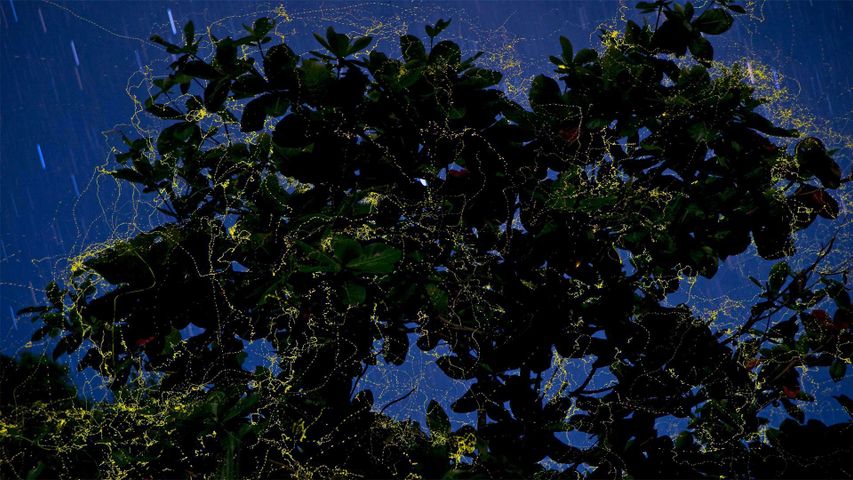The Acraman crater, Australia
© USGS/NASA Landsat data/Orbital Horizon/Gallo Images/Getty image
Will we be ready for the ‘big one?’. Asteroid Day
Today is Asteroid Day, and it’s a reminder that as our planet follows its path around the sun, it encounters a lot of stuff. Science tells us that, every day, Earth’s atmosphere is hit with roughly 100 tonnes of dust and particles the size of a grain of sand. And every year, at least 30 small meteors make it through, only to burn up before touching the ground. NASA says it’s pretty much guaranteed that at least one of them will be about the size of a car. As time progresses, the likelihood increases that even larger celestial rocks will hit the ground and cause significant damage.
Across the globe there are plenty of reminders of this in the form of craters, like the one in today’s photo. The Acraman crater is a point of impact in South Australia. It’s believed to have been created about 590 million years ago when hit by an asteroid with a diameter that could have been as large as 90 kilometres across. For comparison, the asteroid thought to have killed the dinosaurs 66 million years ago was 10 kilometres across. NASA says that an asteroid the size of a football field would cause significant damage. One that could really threaten civilization every few million years. Hopefully, with Asteroid Day being observed across 78 countries since its inception in 2015, we’ll be prepared when the ‘big one’ shows up.
Related Images
Bing Today Images
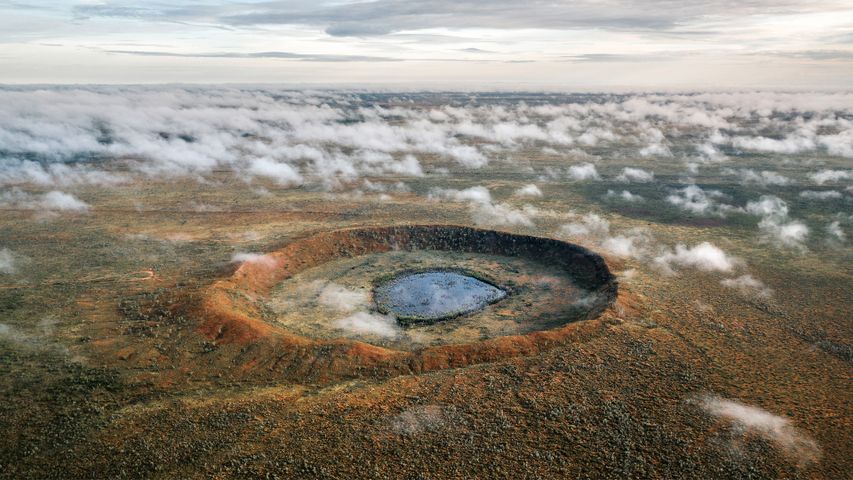
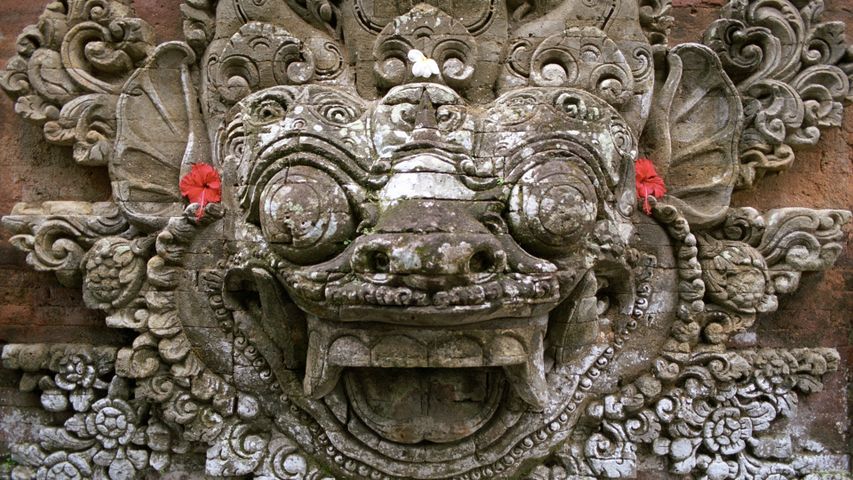
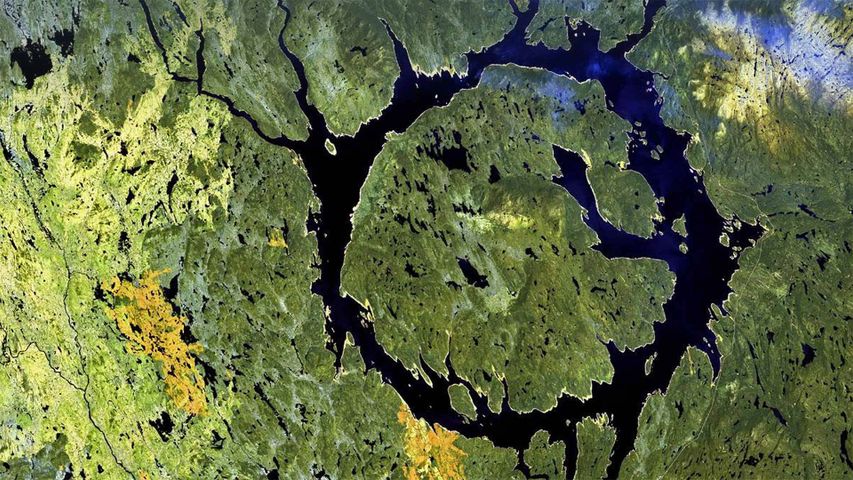
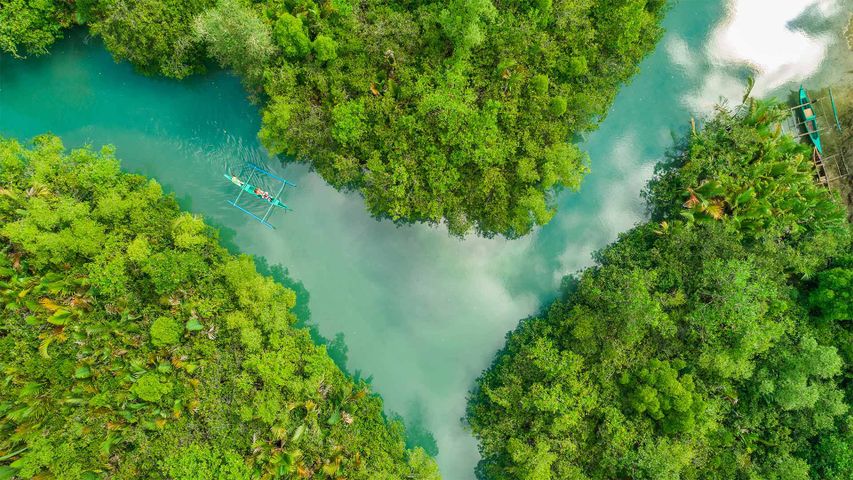
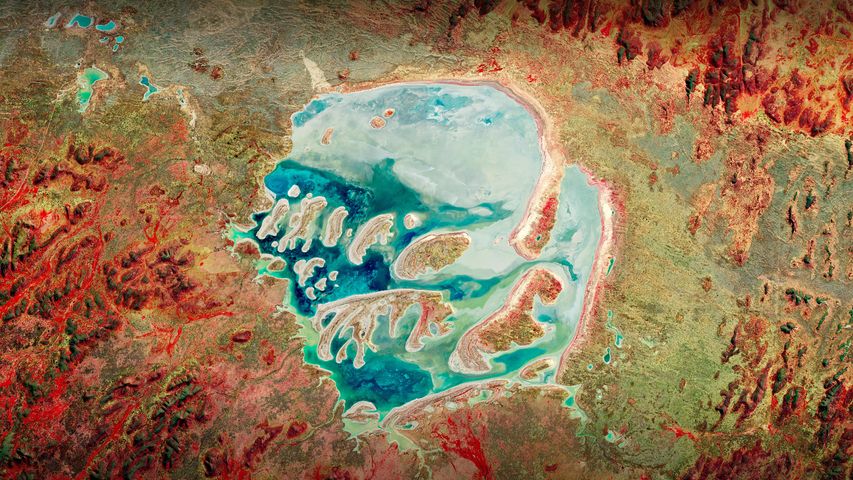
 Rainbow River in Rainbow Springs State Park, Florida, United States
Rainbow River in Rainbow Springs State Park, Florida, United States
 Blue lagoon of Pulau Ay, Banda Islands, Indonesia
Blue lagoon of Pulau Ay, Banda Islands, Indonesia
 Sea turtle, Fernando de Noronha, Brazil
Sea turtle, Fernando de Noronha, Brazil
 Steller sea lions, Vancouver Island, British Columbia
Steller sea lions, Vancouver Island, British Columbia
 Cala Luna beach, Sardinia, Italy
Cala Luna beach, Sardinia, Italy
 Barrier reef off Grande Terre, New Caledonia, France
Barrier reef off Grande Terre, New Caledonia, France
 Mona Vale rockpool, Sydney, Australia
Mona Vale rockpool, Sydney, Australia
 Atlantic spotted dolphins near Santa Maria Island, Azores, Portugal
Atlantic spotted dolphins near Santa Maria Island, Azores, Portugal

